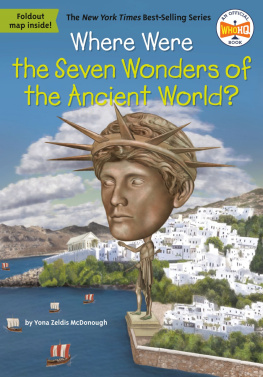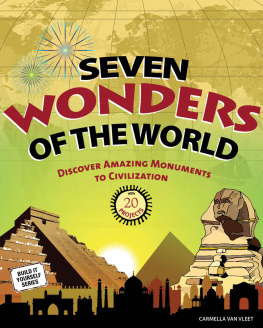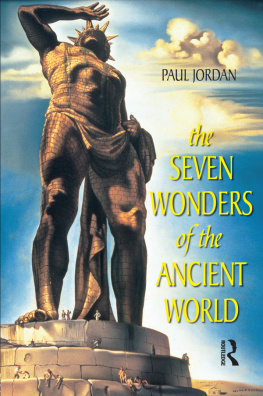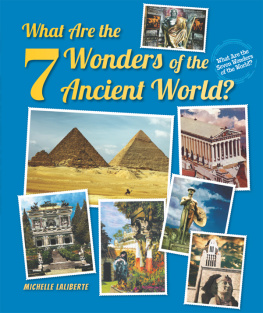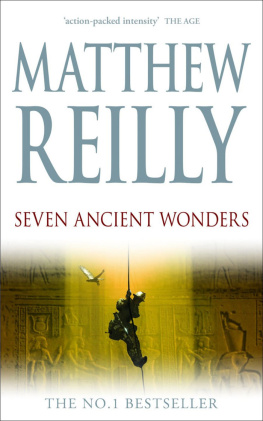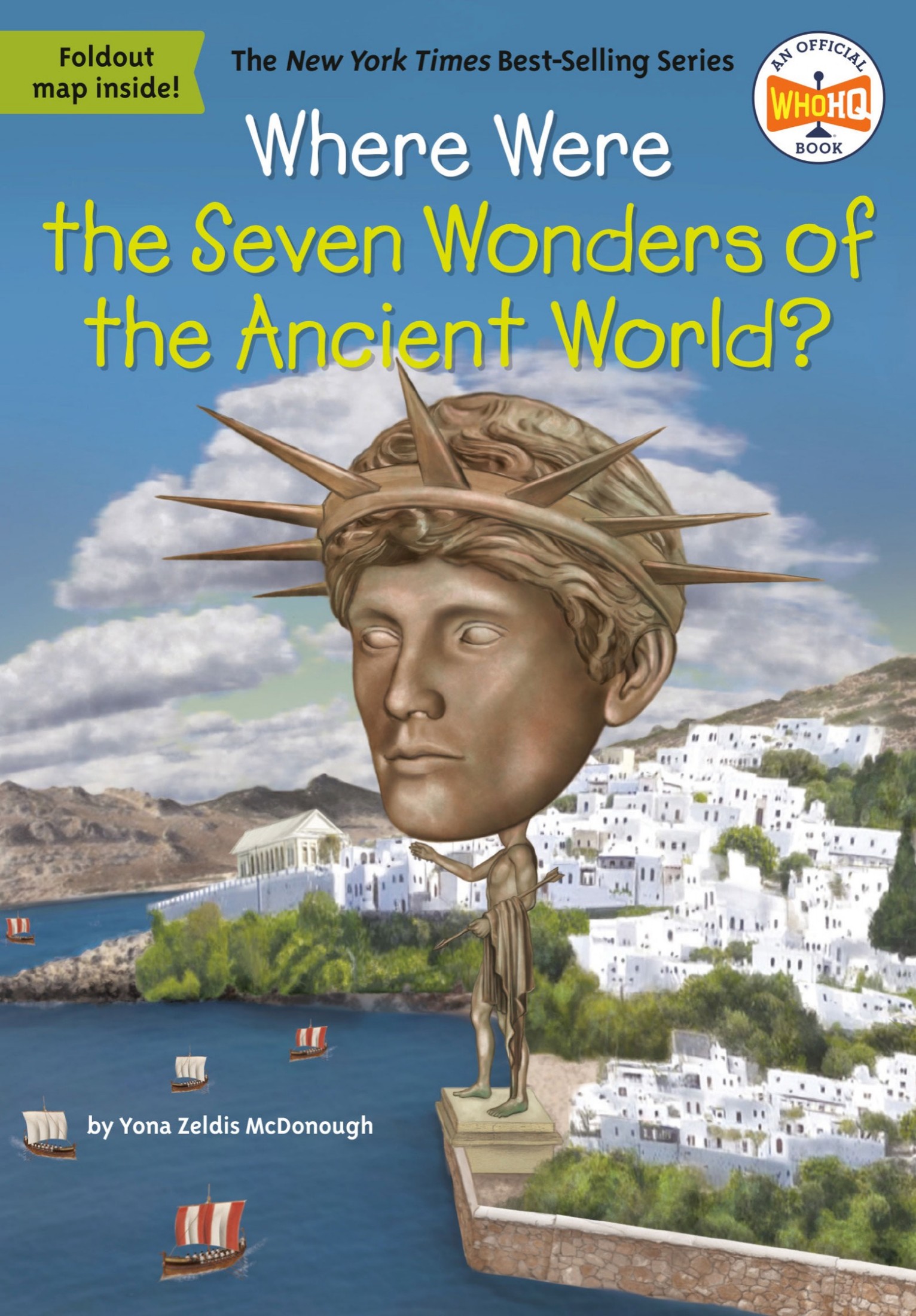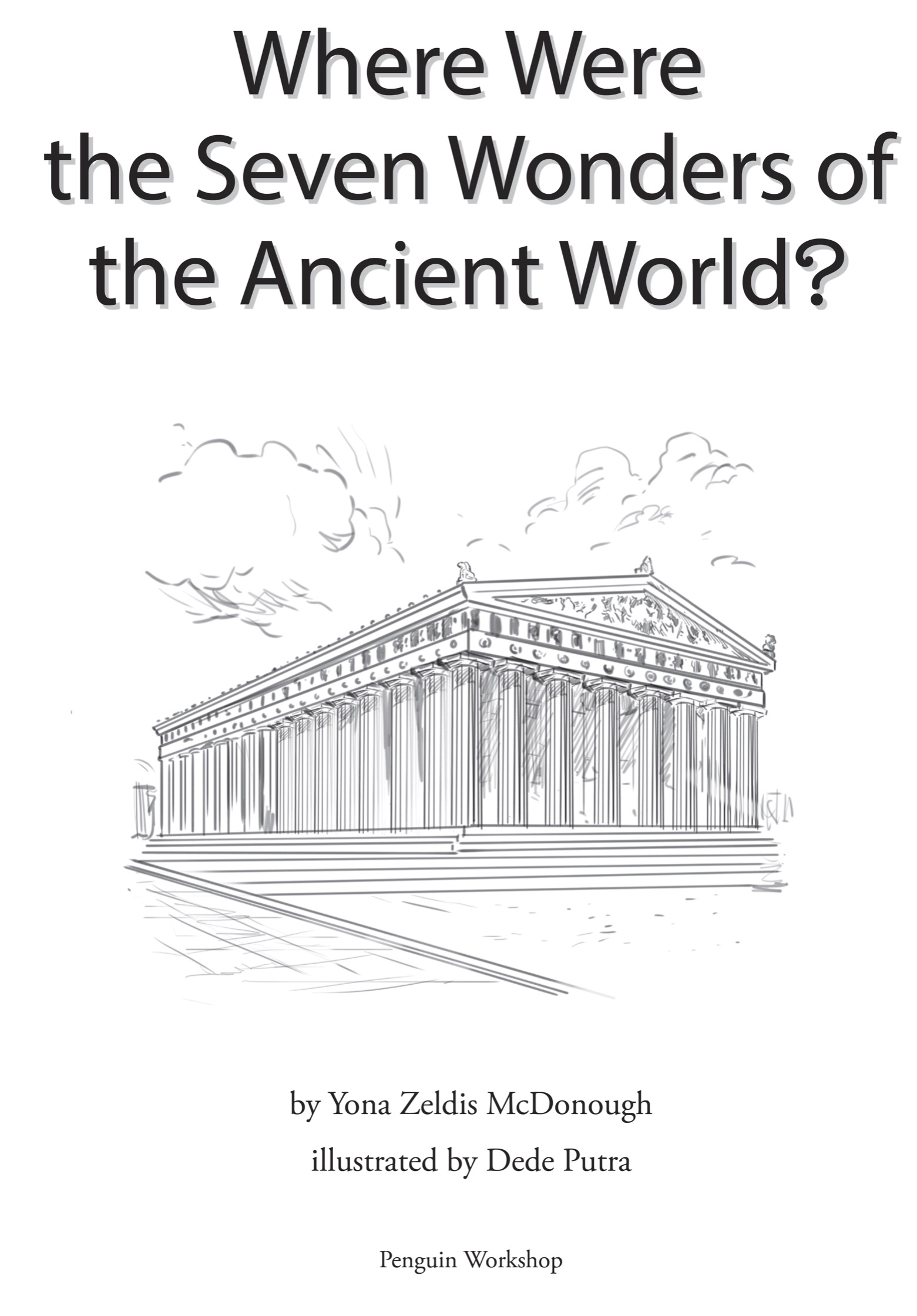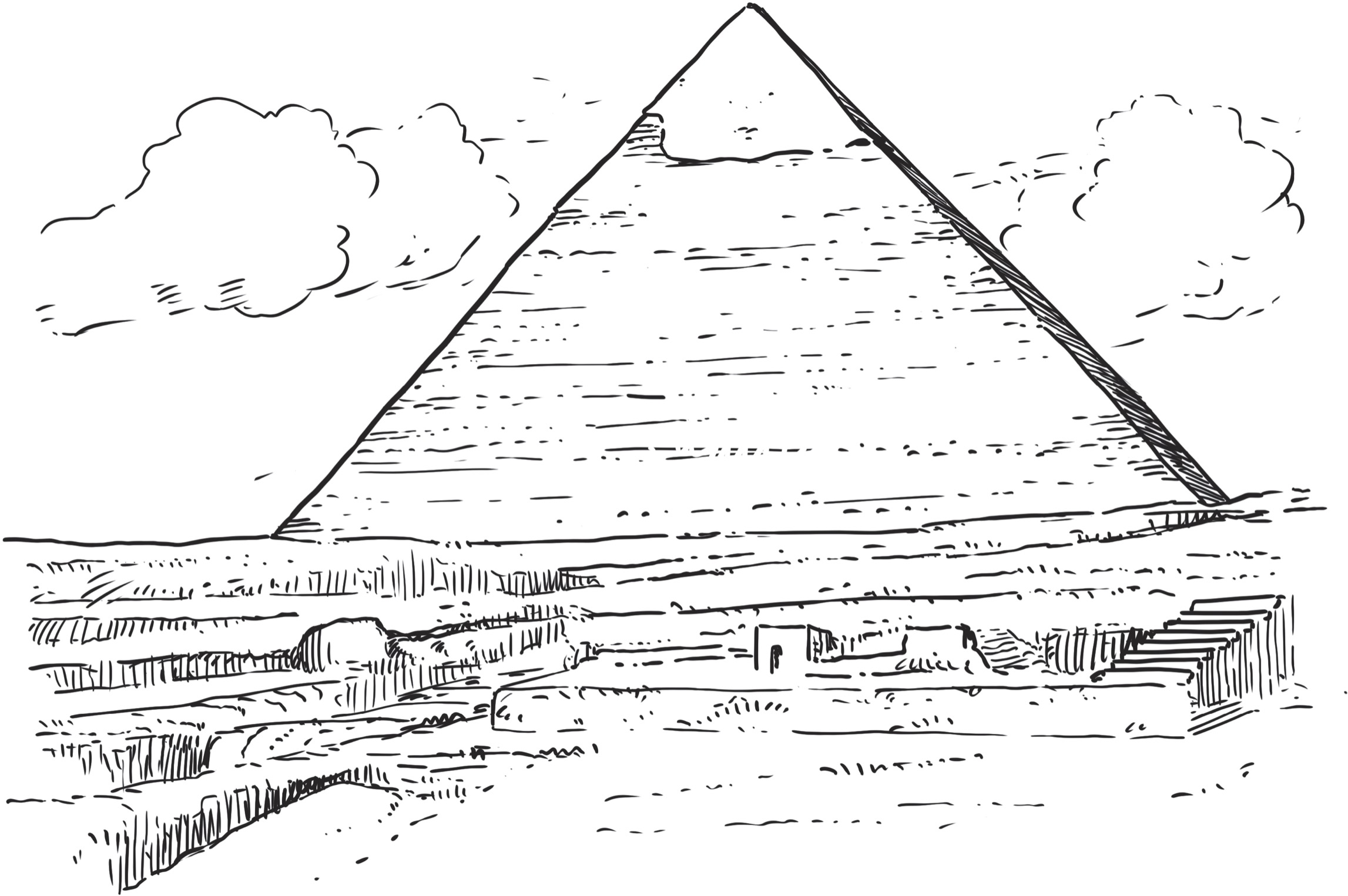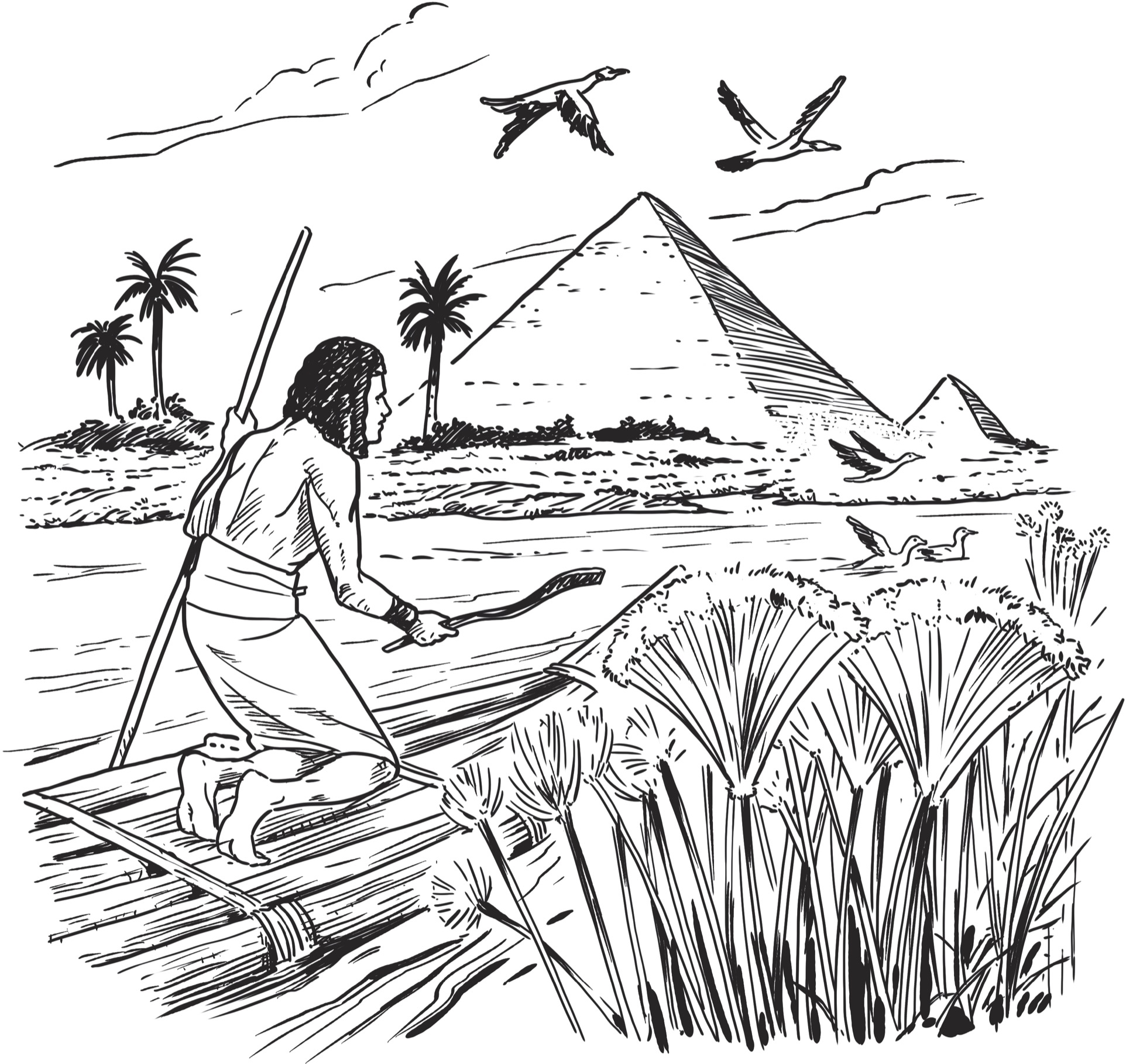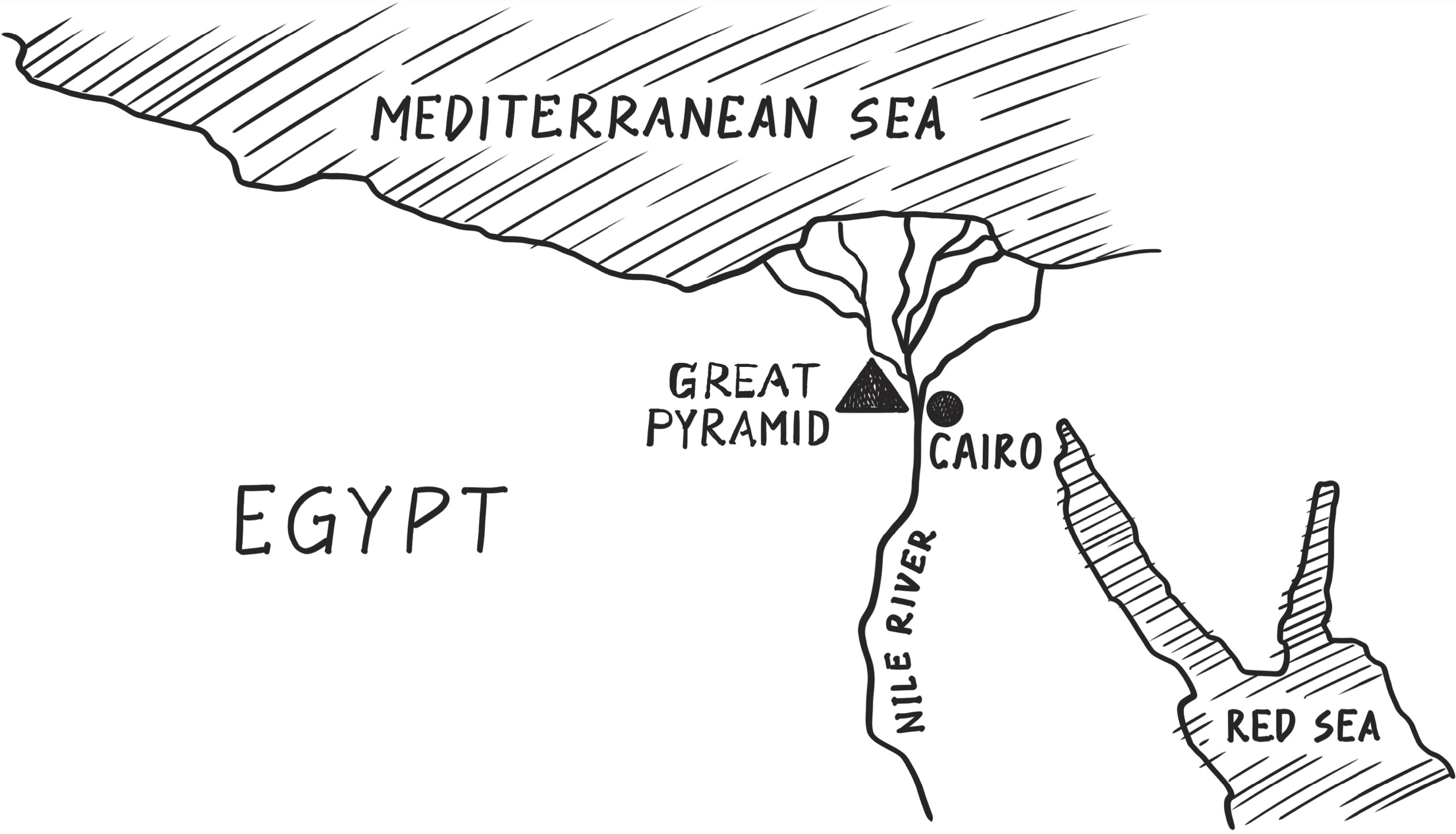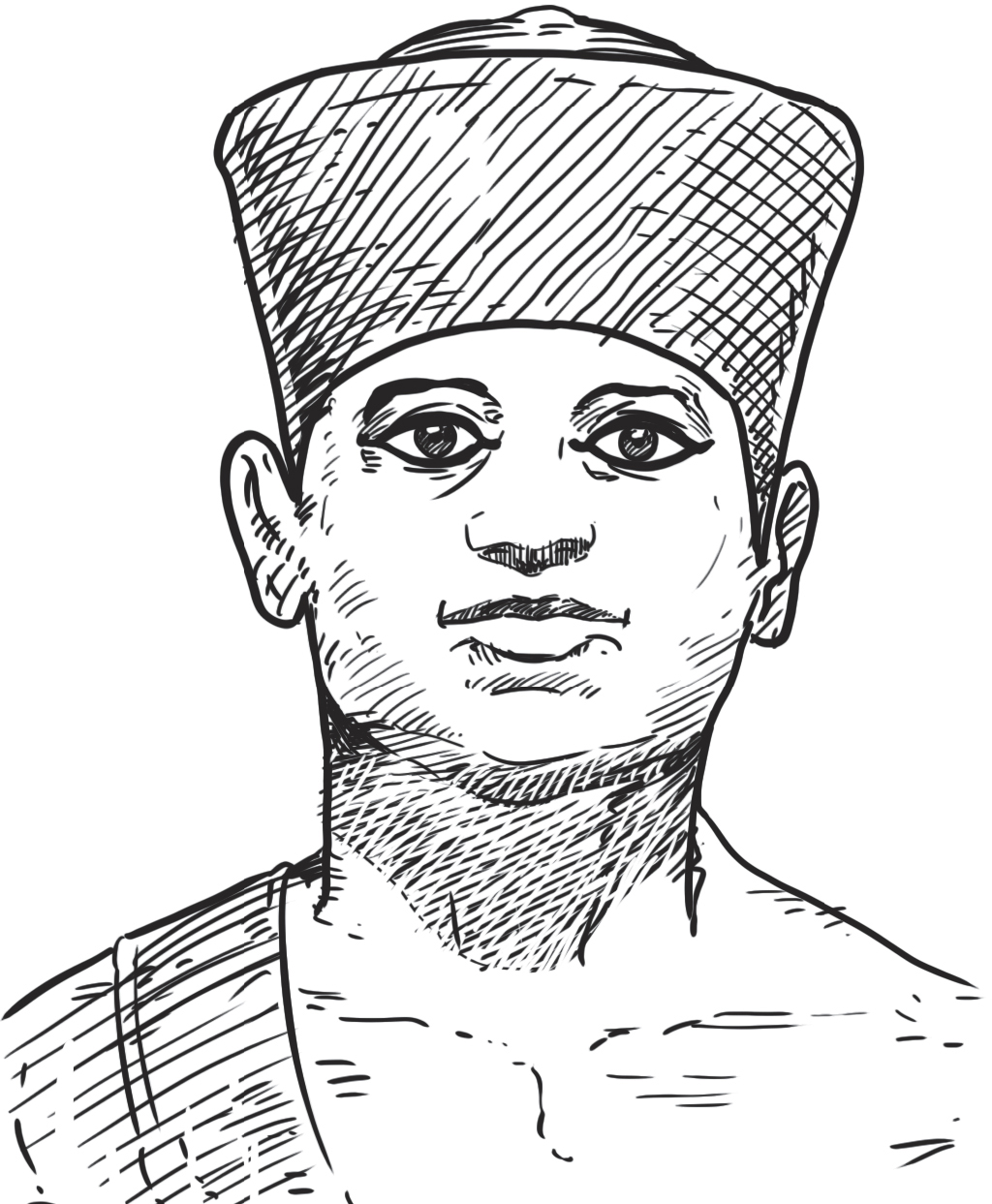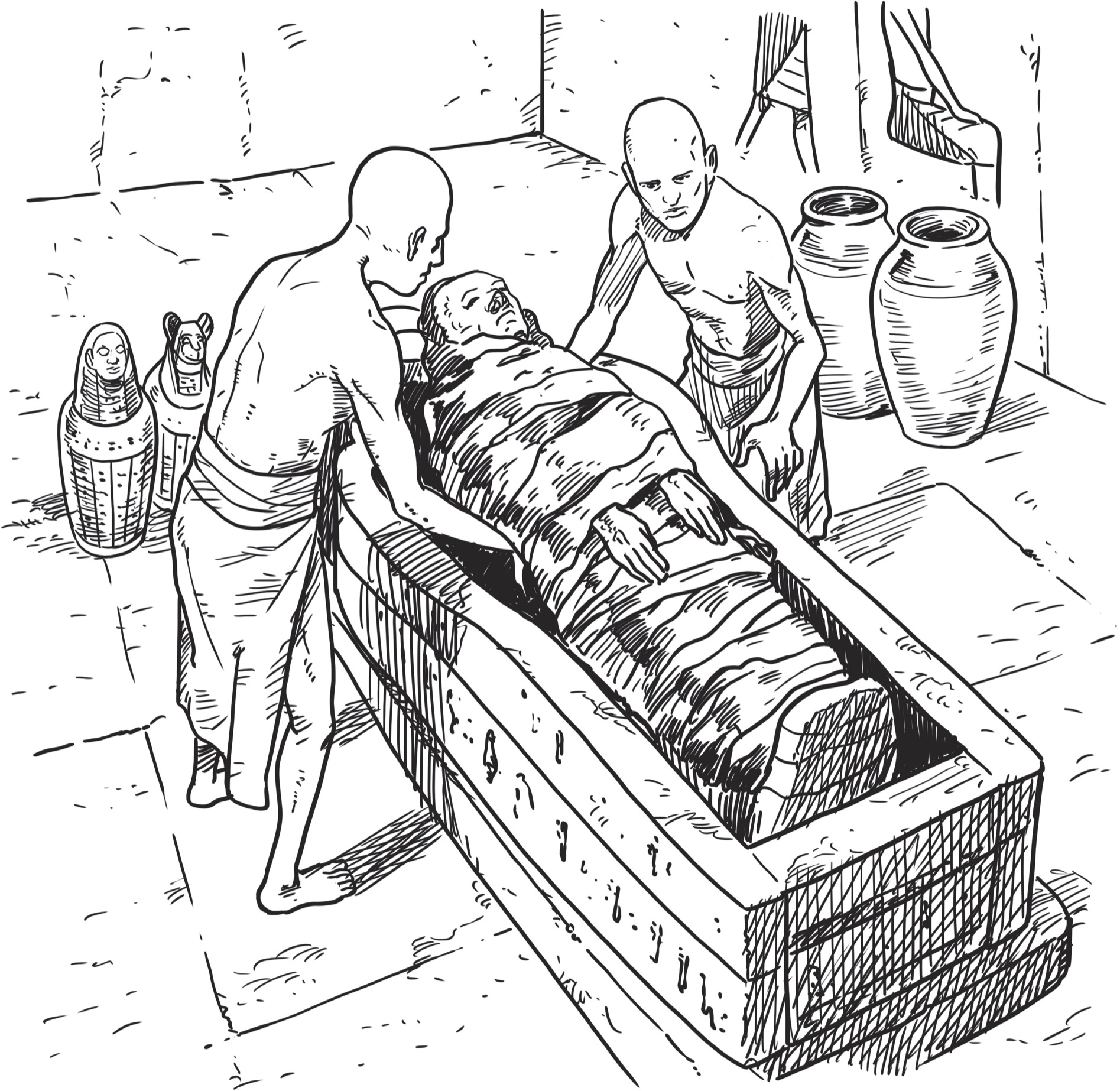For Jane OConnorgreat editor, great lady!
YZM
PENGUIN WORKSHOP
An Imprint of Penguin Random House LLC, New York

If you purchased this book without a cover, you should be aware that this book is stolen property. It was reported as unsold and destroyed to the publisher, and neither the author nor the publisher has received any payment for this stripped book.
Penguin supports copyright. Copyright fuels creativity, encourages diverse voices, promotes free speech, and creates a vibrant culture. Thank you for buying an authorized edition of this book and for complying with copyright laws by not reproducing, scanning, or distributing any part of it in any form without permission. You are supporting writers and allowing Penguin to continue to publish books for every reader.
The publisher does not have any control over and does not assume any responsibility for author or third-party websites or their content.
Copyright 2020 by Penguin Random House LLC. All rights reserved. Published by Penguin Workshop, an imprint of Penguin Random House LLC, New York. PENGUIN and PENGUIN WORKSHOP are trademarks of Penguin Books Ltd. WHO HQ & Design is a registered trademark of Penguin Random House LLC.
Visit us online at www.penguinrandomhouse.com.
Library of Congress Control Number: 2019038773
ISBN 9780593093306 (paperback)
ISBN 9780593093313 (library binding)
ISBN 9780593093320 (ebook)
pid_prh_5.5.0_c0_r0
Contents
Where Were the Seven Wonders of the Ancient World?
Imagine you live thousands of years ago, somewhere in the area you see on the map. Even back then, people wanted to travel and see the worlds most famous landmarks. Several writers from ancient times did just that.
During their travels, they made lists of the most unusual and impressive sights. Not everyone wrote about the same places. But in the seventeenth century, seven of these marvels became known as the Seven Wonders of the Ancient Worldeven though most of them no longer existed. In fact, only one remains standing today. Still, you can imagine what they looked like by reading books like this one.
CHAPTER 1
The Great Pyramid at Giza
Perhaps the most famous monument in the world is the Great Pyramid at Giza in northern Egypt. (A pyramid is a three-dimensional object with triangular sides that meet in a point at the top.) Thats because its so huge and old, and the story of why and how it was built is so interesting.
The pyramid at Giza was built by the Egyptians during the years 25502530 BC. Egypt was a great civilization even more than 4,500 years ago. The Egyptians were able to build a pyramid as tall as a fifty-story skyscraper. At its base, each side is about 756 feet long. Thats more than twice the length of a football field.
For longer than 3,880 years, the Great Pyramid remained the tallest structure made by human hands in the entire worldthats quite a record!
Unlike all the other ancient wonders in this book, the Great Pyramid is still standing. It is located outside the city of Cairo, on the Nile River. Its made of over two million blocks of limestone and granite. Some of the blocks are so big and heavy that even today, no one knows exactly how builders in ancient times were able to put them in place. They are not held together with mortar (mortar is like concrete). Instead, the blocks fit next to one another so perfectly that the pyramid has stood for 4,500 years.
We know a lot about life in ancient Egypt because good records were kept and because so many objectsboth practical things and works of artwere put in the tombs for the dead. Egyptians back then believed the soul needed all the same things in the afterlife that had been enjoyed in this world.
The Great Pyramid at Giza is one of these tombs, probably for a pharaoh (ruler) named Khufu. Khufu, like all pharaohs, had a special role. Not only was he the ruler of the people, but he was also believed to be a link between them and the gods. By performing certain ceremonies, the pharaoh made sure that the sun would rise and set, the Nile River would flow, and the crops would grow. And when the king died, he became a god. For this reason, everything about his death and burial was considered extremely important.
Khufu
Khufu (say: COO-foo) was about twenty years old when he became pharaoh in 2589 BC. He ruled for a long timemore than twenty years. His full name, Khnum-khufu, means Khnum protects me. Khnum was one of many gods the Egyptians worshipped. Khnum was the ram-headed god of the earth, creation, and growth. Khufu had several wives, which was common in ancient times. He had nine sons and fifteen daughters, and gave them all high positions in the royal court. Khufu was known as an evil leader who was feared and hated by his people.
After Khufus death, his body was made into a mummy and put inside a highly decorated, body-shaped coffin. That coffin was then put into a sarcophagus (a stone coffin). Deep within Khufus pyramid, secret tunnels led to a room where his sarcophagus would have been surrounded by food, beautiful furniture, board games, precious jewelry, and so on. It was believed that his soul would rest in the chamber for eternity and, because of this, Egypt would thrive. Today, nothing remains inside the Great Pyramid. Why? Most likely robbers in ancient times broke in and looted all the treasure.
So we know what the Great Pyramid was for. We also know who built it. For many years, it was believed that slave labor was used to construct the pyramid. But thats not true. Although there were enslaved people in ancient Egypt, the pyramid at Giza was built by paid workers, hired by the pharaoh.
During the time when the land and fields were flooded by the Nile, farming was impossible. So a lot of men were available to work. Its believed that twenty to thirty thousand men were employed in the pyramids construction.

